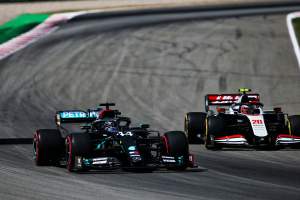The headline numbers from Formula 1’s 2020 accounts were spectacularly grim as the full financial cost of the COVID-19 pandemic, on last year at least, was made known on Friday.
Yet the person at the very top of the chain, Liberty top dog Greg Maffei, says F1 is “preparing for a balance sheet that is invincible, whatever comes”.
We are used to hearing F1 players insisting bad things are not as bad as they appear. But this contrast between the black-and-white financials and F1’s optimism – particularly for a post-pandemic world – is unusually severe.
F1’s three main revenue streams were hit last year: fans were banned from attending almost all events so F1 had to significantly reduce or eliminate race hosting faces for promoters, television broadcast deals were honoured by virtue of the rejigged 17-race schedule but came with lower fees and other one-time negotiations, while sponsorship fees and other revenue-generating activities were also reduced.
As a result, F1’s annual revenue plummeted from $2022m to $1145m in 2020, a fall of 43%, while a $17m profit in 2019 became a $386m operating loss. Debt at F1 level remains at $2.9bn.
Such figures would normally bring a company to its knees. Liberty and F1 are not exactly shrugging them off, but its response now bears a passing resemblance to a ‘so what?’.
That’s because of a mix of pre-emptive action taken months ago, and genuine optimism about what 2021 has in store.
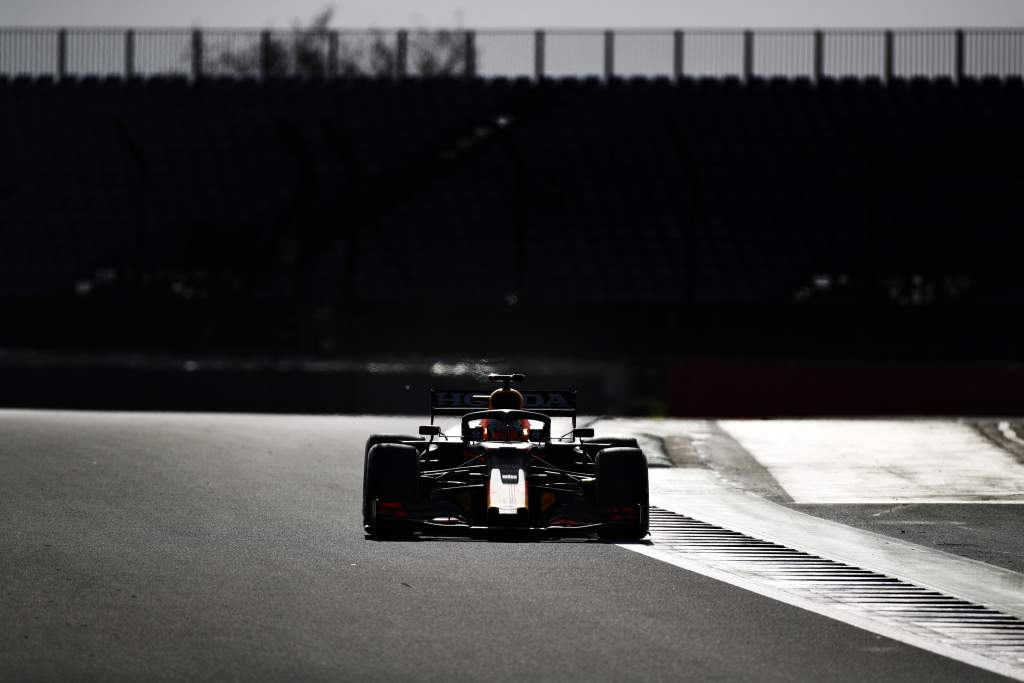
When the pandemic’s grip started to take hold last year, several emergency measures were taken to protect the short-term and long-term interests of the teams and the championship, including delaying new technical rules to 2022, a reduced budget cap for 2021 and development freezes.
But there was also a significant development within the Liberty organisation. It renegotiated the terms of its $2.9bn loan – which gave it a stay of execution should its debt levels rise substantially versus its earnings – and it redistributed its assets and liabilities between F1 and its sister company the Liberty SiriusXM Group, which made more than $1bn in liquidity available to F1.
The F1 side of the Liberty business effectively traded its Live Nation Entertainment stake, part of its share of the Atlanta Braves Major League Baseball organisation and $1.3bn in liabilities, in return for $1.4bn in cash and a $165m call spread in Live Nation stocks.
At the time, Maffei said it gave the business certainty and flexibility to respond appropriately to the COVID-19 pandemic. It was a way to help F1 weather the storm – which it did.
Against all the odds F1 pulled off a 17-race season and while it was done with conditions that contributed to the miserable financial situation outlined above, it was infinitely better than no season at all.
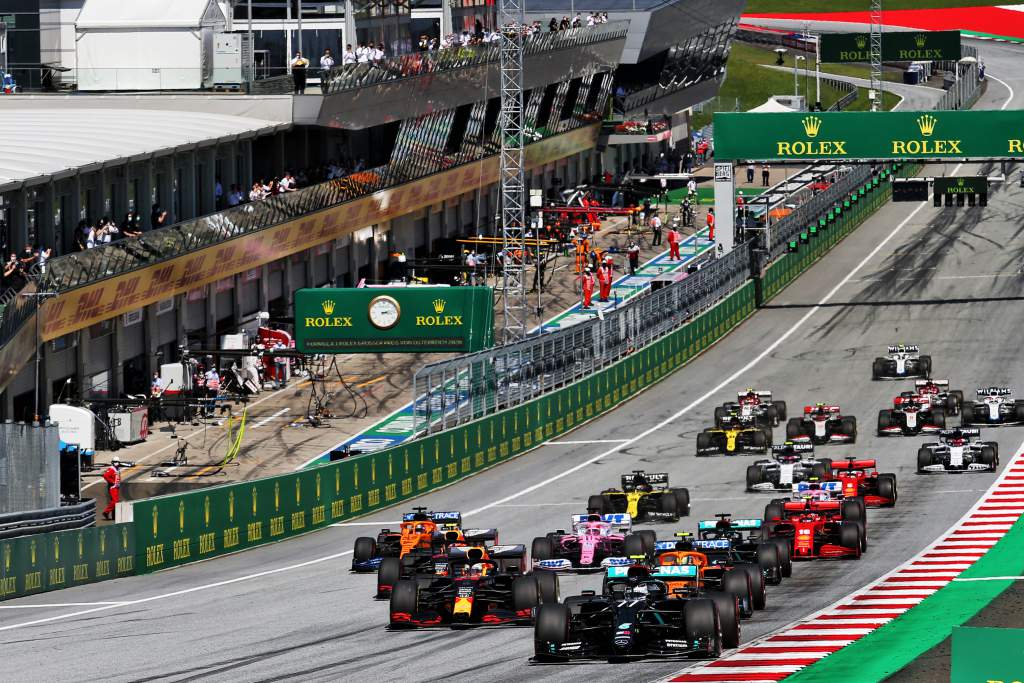
Now F1 has emerged the other side of an unimaginably difficult year and is a long way off reaching the maximum level its debt versus earnings ratio can be. Though the pandemic itself is not over there are bullish comments being made about its revenue streams being rebuilt – not just over the coming years, but in 2021.
One step will be reintroducing fans, which F1 believes will happen throughout the season and potentially result in 100% fan attendance at the end of the year. This will unlock ‘normal’ promoter contracts and also resuscitate F1’s ailing sponsorship and hospitality revenue streams.
That means 2021 will not be back to normal, but it will kickstart the process.
“I think promotion will still be reduced in ’21, certainly versus what we would have in a non-pandemic year,” Maffei admits.
“We will have restricted audiences and restricted fans at some of our events so I do expect that.
“It’ll definitely be impacted, the amount to which we’ll see.
“We expect a fairly normal broadcast revenue stream. Our goal was to try and take the pain in 2020, to a degree that we rightly had to make concessions to some of our broadcasters.
“Our goal as much as possible was to make that a 2020 event, and bring ’21 back to normal. That is our hope and our expectation.”
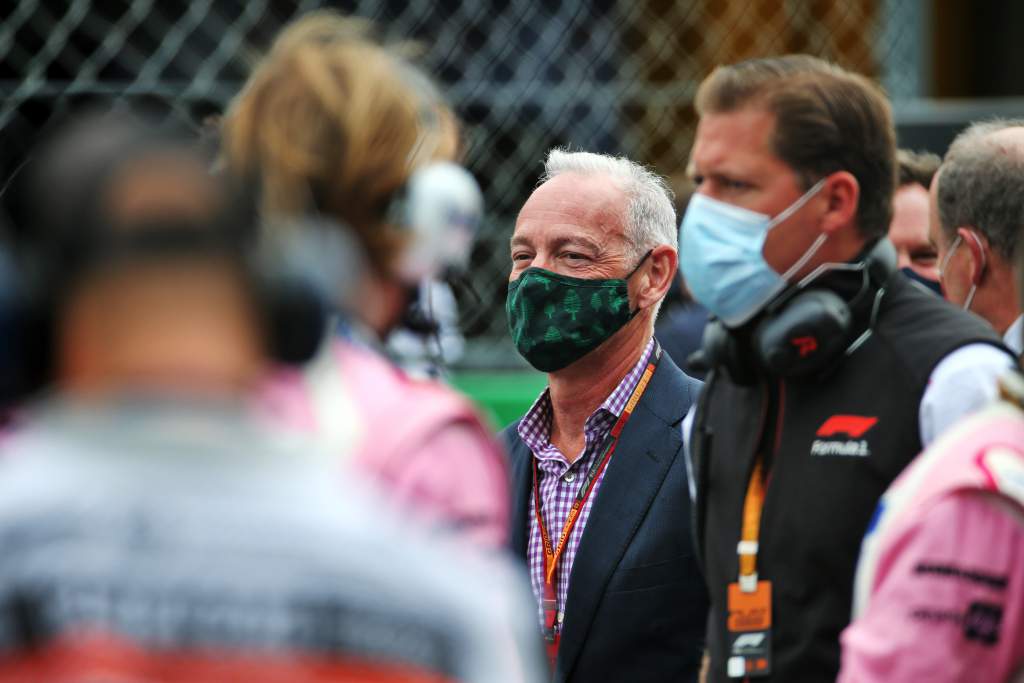
Longer-term, Maffei (pictured above) made an interesting observation regarding the new Concorde Agreement all 10 teams signed up to last summer. While that has been hailed as having a more equitable distribution arrangement between the teams themselves, Maffei says it will gradually “increase profitability” for F1 itself.
“The rates get a little more attractive for us,” he says.
“Whether we’ll hit that in ’21, given the risks around pandemic, I’m not as confident.
“But in the years going forward as we continue to have a fully healthy business, I do believe our share of the margin will slightly increase.”
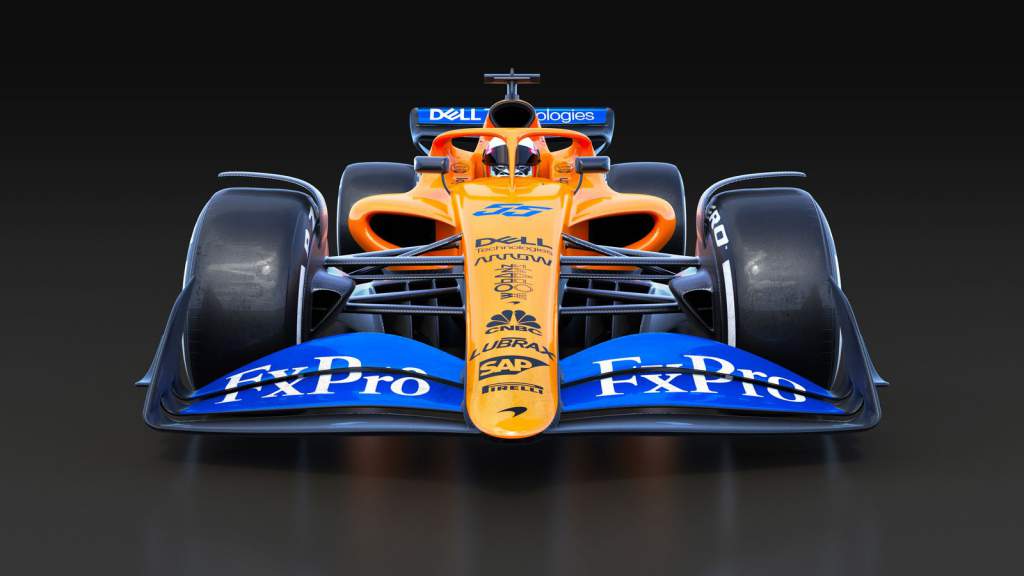
This will be underscored by F1 moving into a more sustainable, competitive future in 2022, when new technical rules (illustrated above) augment the 2021 introduction of the budget cap and other elements like an aerodynamic testing handicap system. A healthier, cheaper, more entertaining F1 is an encouraging long-term revenue prospect.
Liberty’s overarching optimism is also reinforced by its decision to set up an acquisition company, raising $500m through the sale of shares, to add a new media or entertainment business to its portfolio.
It’s investing at a time it could have easily been forced to contract, presumably seeking cheaper purchases at a time the industry it’s looking at is struggling and then being in a good position to benefit as normality returns.
That means F1 is part of an organisation leaning into a difficult situation, which has added a silver lining to the dark clouds lingering overhead for a year now.
Make no mistake, the numbers revealed on Friday were miserable. However confident Liberty is for the future, there is no escaping that. Teams losing $300m collectively in payments is as unsustainable for their existence as losing almost $900m in revenue is for F1 as a business.

But much like F1’s bosses deserve credit for reacting to the pandemic last year and putting on a world championship, Liberty’s resourcefulness in the background has made those numbers survivable. It will adopt similar flexibility as F1 seeks to recover.
“We certainly aren’t in the crystal ball business exactly, but we are in the business of trying to prepare to make sure we benefit when it does open,” says Maffei.
“And that we’re prepared if that doesn’t happen at the rate of change or pace that we would like.”

That means if F1 can make more money this year, it will do so. If it can’t, it will weather a second, probably slightly smaller, storm.
The bottom line is if 2021 comes even remotely closely to F1’s expectations, Liberty’s crucial goal of making last year’s financial misery a one-time event will be achieved.

